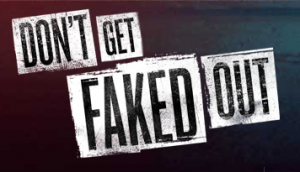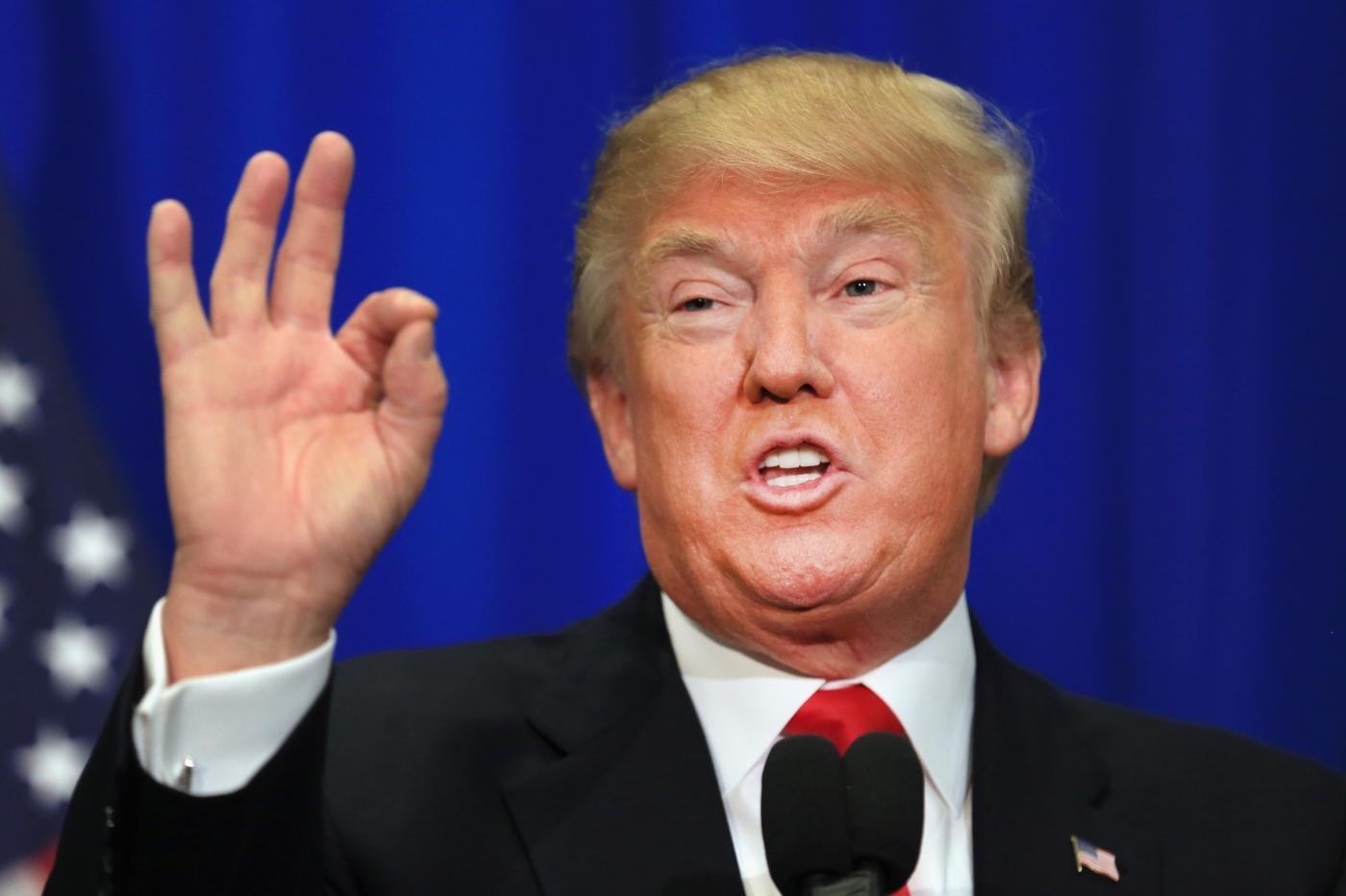
History will look back at 2016 as the "BIG FAKEOUT."
Sure. We had USA election 2016. We had an international hack-o-thon. We attained frackutopia. We had the Fed tell us all is well and the economy is ready for rate hikes. We had the election winner tells us to get ready for really really great again things.

But that is not what this blog is about.
It's about patent law. Or more correctly in recent times about unconstitutional fake law which is promulgated as if it is real by almost all involved including the US Supreme Court (SCOTUS), the Court of Appeals for the Federal Circuit (Fed. Cir.), the federal district courts (DC's), the US Patent and Trademark Office (USPTO/ptab) and many a fake law professors.
So let's try to review some of the big patent fakeouts of 2016 ...
(1) First there is Ariosa v. Sequenom.

(1.1) All agree that it was a breakthrough discovery.
(1.2) The US Constitution specifically empowers Congress to secure "discoveries".
Article I, Section 8, Clause 8: To promote the Progress of Science and useful Arts, by securing for limited Times to Authors and Inventors the exclusive Right to their respective Writings and Discoveries
(1.3) Section 100 of the Patent law (Title 35) tells us that:
When used in this title unless the context otherwise indicates - (a) The term "invention" means invention or discovery.
 (b) The term "process" means process, art, or method, and includes a new use of a known process, machine, manufacture, composition of matter, or material.
(b) The term "process" means process, art, or method, and includes a new use of a known process, machine, manufacture, composition of matter, or material.
...
(f) The term "inventor" means the individual or, if a joint invention, the individuals collectively who invented or discovered the subject matter of the invention.
(1.4) Section 101 of the Patent law (Title 35) tells us:
Whoever invents or discovers any new and useful process, machine, manufacture, or composition of matter, or any new and useful improvement thereof, may obtain a patent therefor, subject to the conditions and requirements of this title.
Despite all this guidance from the statutory law, the Fed. Cir panel in Ariosa Diagnostics, Inc. v. Sequenom, Inc., 788 F.3d 1371 (Fed. Cir. 2015) found that: ...

